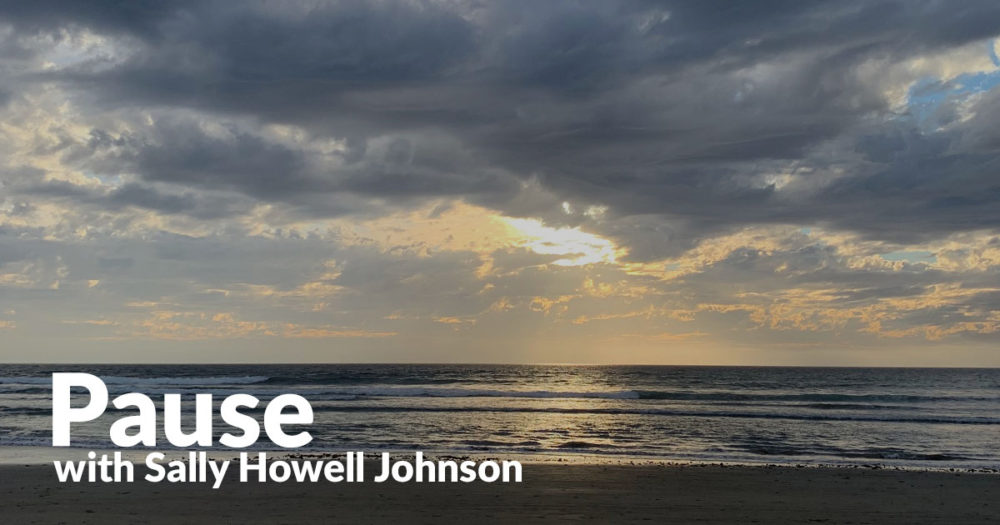” Sing for God’s saints who have tracked faith’s journey before us,
Who, in our weariness, give us their hope to restore us;
In them we see the new creation to be,
Spirit of love made flesh for us.”
We began our morning on Holy Island, Lindisfarne, by singing these words. Holy and powerful words for an equally holy and powerful experience. As we had our morning prayer, standing in the mist of a Scottish rain, we could all feel the presence of the countless faithful who had prayed in this place for centuries. How does one even process such an experience? I looked around at the faces and could see the myriad of longings, hopes, and anticipations my fellow pilgrims carried into the ruins in which we stood. As we lifted our voices in song, we knew we were joining other voices that had echoed in this place when the walls were intact. As we offered our prayers, we were keenly aware that our voices were joined by the whispers of words lifted by the ancients.
Holy Island sits at the northeast coast of England just south of the Scottish border. The island’s life is governed by the tides. There was a window of time in the morning when the causeway was open and the tides were out. We rose early to make our way onto the island before the tides came in creating an impassible road to Lindisfarne Priory and Lindisfarne Castle and the few houses and shops that make up the small village. While we were busy trekking the land, the moon had done its work to create the tides from the North Sea that engulfed the shore. The Priory was founded in AD 635 and is the home and original burial ground of St. Cuthbert, an important figure in the establishment of Celtic Christianity. The story goes that after his death in AD 687, Cuthbert was buried and his remains were exhumed 11 years later to find that his body was in perfect condition,a sure sign of sanctity. He was the spiritual leader of those who lived their faith on this peaceful, isolated place for years, a place of solitude until it was invaded by Viking raiders in AD 793, a day the locals call ‘the day that changed everything’. The Vikings raided to capture the gold and riches brought by pilgrims as gifts to those at the abbey who had healed the sick and nurtured their spiritual lives. In addition to the valuable material objects, the Vikings also captured many of the people on the island to sell as slaves. One of our pilgrims remarked that while much as changed over the years, much may have sadly stayed the same.
Today’s weather created a movie-like Scottish set: gentle rains, misty roads, sheep standing like statues in the fields, boats bobbing on the water, shore birds flying overhead. There was no magical entrance of bagpipes today, though! Instead we found ourselves more rested, more prepared to be present to the Spirit’s movement in our steps, our path, our journey. Each pilgrim found this in their own way. Some in twos and threes. Others in solitary rain-soaked walking.
In the book, The Art of Pilgrimage, which we read as preparation for this journey, the author offers these words: Imagine your departure as a metamorphosis. Through simple acts of intention and attention, you can transform even a sleepwalking trip into a soulful journey. The first step is to slow down. The next one is to treat everything that comes your way as part of the sacred time that envelops your pilgrimage.
Today the rain provided the slowing down even the most driven among us needed. That slowing down allowed us to see and hear and experience the sacred time that is enveloping our journey. I know this is true. As one of our travelers told me: “Did you notice that when we sang,the birds that sat at the tops of the priory, stopped singing? And then when we prayed, the birds accompanied us in song?”
Yes, I had noticed. And I felt blessed to have shared this sacred noticing with her and the winged ones.






Beautiful photographs! Please don’t forget us back here living vicariously!